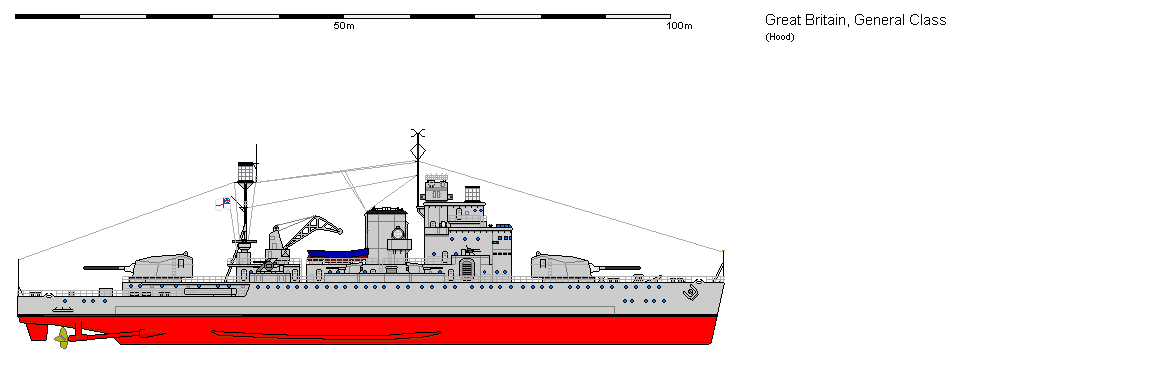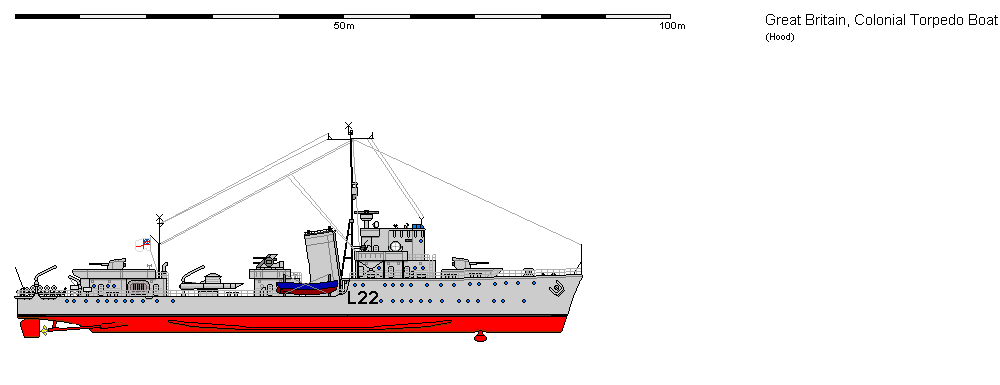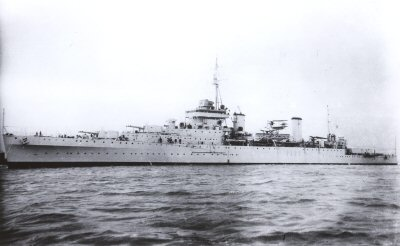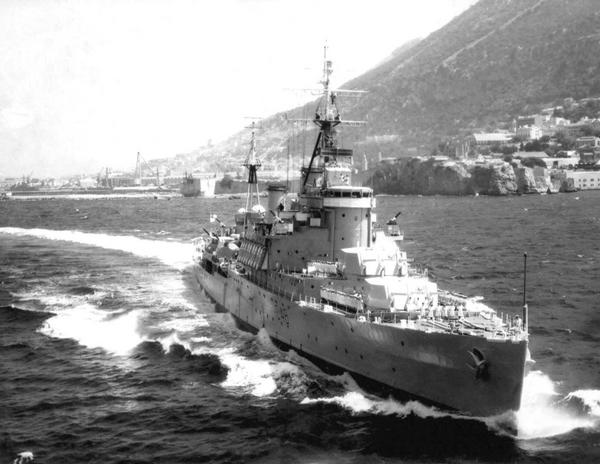The lack of colonial policing warships has led the Admiralty to demand a new class of ships. While the old C and D Class cruisers have a useful role overseas for policing sea lanes and "showing the flag" they are not well suited to duties inshore.
The new class of vessels have the following aims;
To provide coastal bombardment support
To drive off and destroy enemy light forces and supporting bigger warships from Empire coasts
To destroy enemy amphibious groups
Scouting duties and coastal patrolling
To "show the flag" on offical tours
To act as Station Flagships
These roles require economy of operation, good self-maintainence facilites, flagship facilites and generally better habitabilty than most warships for her crew.

General Class Gunboat, Great Britain Coastal Defence Vessel laid down 1937
Displacement:
3,377 t light; 3,651 t standard; 3,778 t normal; 3,880 t full load
Dimensions: Length overall / water x beam x draught
364.29 ft / 360.00 ft x 55.00 ft x 14.00 ft (normal load)
111.03 m / 109.73 m x 16.76 m x 4.27 m
Armament:
4 - 9.20" / 234 mm guns (2x2 guns), 510.00lbs / 231.33kg shells, 1936 Model
Breech loading guns in turrets (on barbettes)
on centreline ends, evenly spread, 1 raised mount
8 - 4.00" / 102 mm guns (4x2 guns), 31.00lbs / 14.06kg shells, 1922 Model
Dual purpose guns in deck mounts
on side, all amidships
8 - 1.57" / 40.0 mm guns (2x4 guns), 2.00lbs / 0.91kg shells, 1922 Model
Anti-aircraft guns in deck mounts
on side, all aft
12 - 0.66" / 16.8 mm guns (2x6 guns), 0.14lbs / 0.06kg shells, 1935 Model
Machine guns in deck mounts
on side, all forward, all raised mounts - superfiring
Weight of broadside 2,306 lbs / 1,046 kg
Shells per gun, main battery: 150
Armour:
- Belts: Width (max) Length (avg) Height (avg)
Main: 2.50" / 64 mm 250.00 ft / 76.20 m 7.00 ft / 2.13 m
Ends: Unarmoured
Main Belt covers 107 % of normal length
- Gun armour: Face (max) Other gunhouse (avg) Barbette/hoist (max)
Main: 5.00" / 127 mm 2.00" / 51 mm 4.00" / 102 mm
2nd: 2.00" / 51 mm 1.00" / 25 mm -
3rd: 0.50" / 13 mm - -
4th: 0.50" / 13 mm - -
- Armour deck: 2.00" / 51 mm, Conning tower: 3.00" / 76 mm
Machinery:
Oil fired boilers, steam turbines,
Geared drive, 2 shafts, 1,500 shp / 1,119 Kw = 12.40 kts
Range 4,500nm at 10.00 kts
Bunker at max displacement = 229 tons
Complement:
240 - 313
Cost:
£1.725 million / $6.900 million
Distribution of weights at normal displacement:
Armament: 229 tons, 6.1 %
Armour: 918 tons, 24.3 %
- Belts: 186 tons, 4.9 %
- Torpedo bulkhead: 0 tons, 0.0 %
- Armament: 219 tons, 5.8 %
- Armour Deck: 497 tons, 13.2 %
- Conning Tower: 16 tons, 0.4 %
Machinery: 42 tons, 1.1 %
Hull, fittings & equipment: 2,089 tons, 55.3 %
Fuel, ammunition & stores: 401 tons, 10.6 %
Miscellaneous weights: 100 tons, 2.6 %
Overall survivability and seakeeping ability:
Survivability (Non-critical penetrating hits needed to sink ship):
8,970 lbs / 4,069 Kg = 23.0 x 9.2 " / 234 mm shells or 2.4 torpedoes
Stability (Unstable if below 1.00): 1.14
Metacentric height 2.6 ft / 0.8 m
Roll period: 14.3 seconds
Steadiness - As gun platform (Average = 50 %): 70 %
- Recoil effect (Restricted arc if above 1.00): 0.87
Seaboat quality (Average = 1.00): 1.59
Hull form characteristics:
Hull has rise forward of midbreak
and transom stern
Block coefficient: 0.477
Length to Beam Ratio: 6.55 : 1
'Natural speed' for length: 22.53 kts
Power going to wave formation at top speed: 25 %
Trim (Max stability = 0, Max steadiness = 100): 44
Bow angle (Positive = bow angles forward): 15.00 degrees
Stern overhang: 0.00 ft / 0.00 m
Freeboard (% = measuring location as a percentage of overall length):
- Stem: 16.00 ft / 4.88 m
- Forecastle (15 %): 16.00 ft / 4.88 m
- Mid (65 %): 16.00 ft / 4.88 m (10.00 ft / 3.05 m aft of break)
- Quarterdeck (18 %): 10.00 ft / 3.05 m
- Stern: 10.00 ft / 3.05 m
- Average freeboard: 13.90 ft / 4.24 m
Ship tends to be wet forward
Ship space, strength and comments:
Space - Hull below water (magazines/engines, low = better): 55.3 %
- Above water (accommodation/working, high = better): 154.3 %
Waterplane Area: 13,432 Square feet or 1,248 Square metres
Displacement factor (Displacement / loading): 129 %
Structure weight / hull surface area: 113 lbs/sq ft or 551 Kg/sq metre
Hull strength (Relative):
- Cross-sectional: 0.90
- Longitudinal: 2.46
- Overall: 1.00
Hull space for machinery, storage, compartmentation is excellent
Room for accommodation and workspaces is excellent
Ship has slow, easy roll, a good, steady gun platform
Excellent seaboat, comfortable, can fire her guns in the heaviest weather
Equipment List:
Gunnery Director Radar Type 281 on main director
Air Search Radar Type 271
Surface Search Radar Type 272


Quoted
Originally posted by Hrolf HakonsonQuoted
Originally posted by Hood

